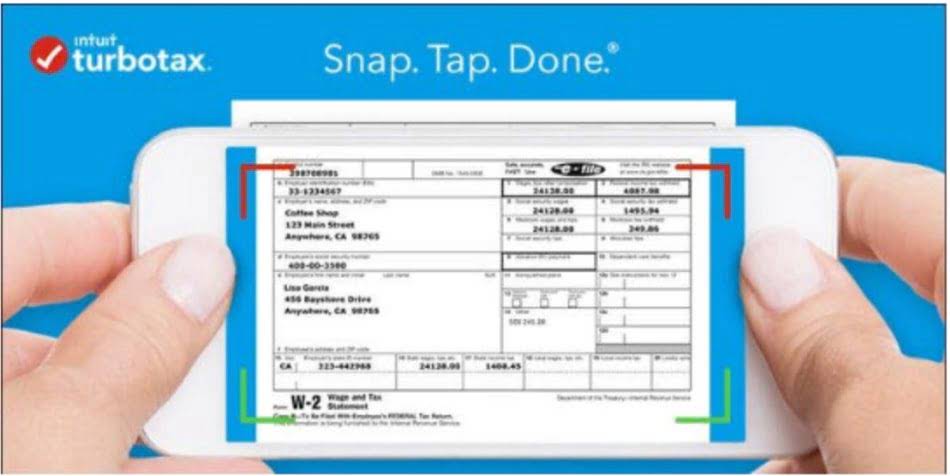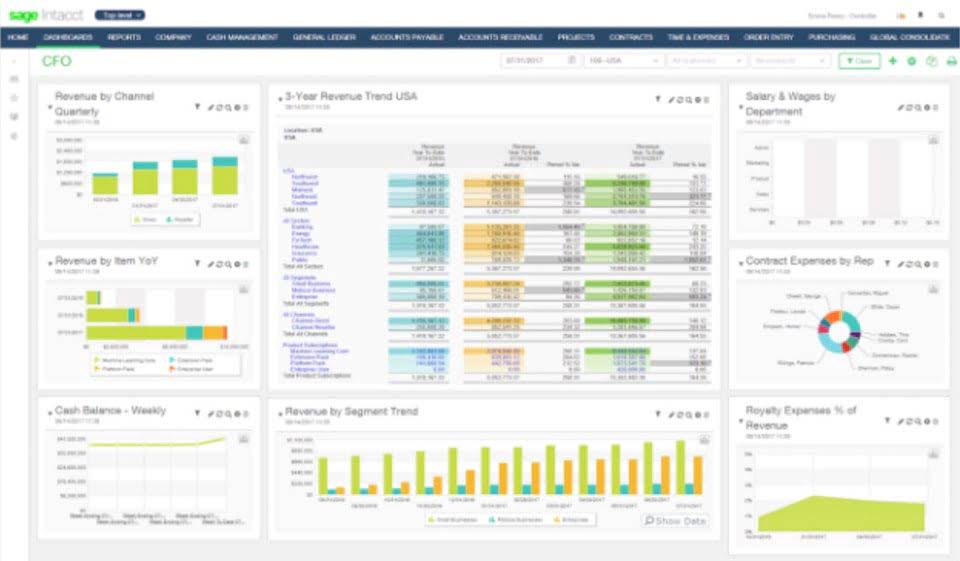Absorption Costing What Is It, Vs Variable Costing

However, these costs are not included in the calculation of product cost per the AC. In contrast to the variable costing method, every expense is allocated to manufactured products, whether or not they are sold by the end of the period. Variable costing will result in a lower breakeven price per unit using COGS. This can make it somewhat more difficult to determine the ideal pricing for a product. In turn, that results in a slightly higher gross profit margin compared to absorption costing. For example, a company has to pay its manufacturing property mortgage payments every month regardless of whether it produces 1,000 products or no products at all.
Absorption Costing Calculation
It fails to recognize certain inventory costs in the same period in which revenue is generated by the expenses, like fixed overhead. That means that’s the only method needed if it’s what a company prefers to use. If a company prefers the variable costing method for management decision-making purposes, it may also be required to use the absorption costing method for reporting purposes. Using the absorption costing method will increase COGS and thus decrease gross profit per unit produced. This means companies will have a higher breakeven price on production per unit.
Absorption Costing vs. Variable Costing
In periods where production declines, the opposite effect happens – fixed costs are released from inventory, increasing cost of goods sold and lowering net income. In summary, the overhead absorption rate helps allocate a fair share of indirect overheads to each product absorption costing based on expected production volume. It uses Absorption Costing to assign these costs to the cakes and pastries it produces. For instance, if the bakery makes 500 cakes and spends £5,000 on direct costs and £2,000 on overhead, each cake will absorb £14 in costs.
What is absorption costing under GAAP?
Furthermore, Marketing, customer service, and R&D might be divided into different cost pools. As you spend money, you’ll eventually allocate costs to the cost pool that best describes them. (g) This cost-finding technique results in the under-or over-absorption of industrial overhead. Tools like Katana help address these challenges, providing real-time insights into inventory, assisting with inventory optimization, offering scenario analysis tools, and automating cost tracking. Discover how South American Legal Process Outsourcing can reduce costs, enhance scalability, and provide specialized legal expertise to streamline your business’s legal operations.
Financial Accounting: Definition, Basics and Objectives

This is because fixed costs are smoothed into COGS rather than impacting the period they are incurred. The key difference in calculating the income statement under absorption costing versus variable costing is in how fixed manufacturing costs are handled. On the other hand, period costs are not directly related to production as they are accumulated over a set period. These expenses include marketing and office salaries, as well as general administrative expenses. Period costs are recognised as expenses when incurred, unlike product costs, which are included in the cost of goods sold. In simple terms, “absorption costing” refers to adding up all the costs of the production process and then allocating them to the products individually.

- This blog delves into its calculation process, benefits, drawbacks, and real-world examples, offering insights to help you make informed financial decisions.
- However, absorption costing depends heavily on cost estimates and output assumptions.
- In addition to skewing a profit and loss statement, this can potentially mislead both company management and investors.
- These expenses include marketing and office salaries, as well as general administrative expenses.
- Absorption costing can cause a company’s profit level to appear better than it actually is during a given accounting period.
- With a higher COGS under absorption costing, gross margin is lower compared to variable costing.
The tradeoff is that net profit fluctuates more than with variable costing methods. Understanding these basics helps explain the meaning and utility of absorption costing. This pricing strategy enables higher profitability by overproducing a product. Each extra unit produced costs less since the fixed overhead is applied to the total number of units produced.
- Absorption Costing is more straightforward for small businesses to track since they probably do not have many products.
- It provides a straightforward and rigorous costing tool for active enterprises.
- It reflects the sales made during the period at the price agreed upon with customers.
- If overhead costs are not carefully allocated, products may absorb more costs than they incur.
- Though both products share a common material, the amount of fabric and labor required for each differs significantly.
- The key difference from variable costing is that fixed production costs are included in the inventory valuation and expense recognition under absorption costing.
This level of detail not only complies with GAAP standards but also provides a granular understanding of product costing, facilitating better strategic decisions. Fixed manufacturing overhead is treated as a product cost in absorption costing and a period cost under variable costing. Absorption costing has some limitations, and it can be challenging to assess the impact of changes in production levels on profitability since fixed overhead costs remain constant.
- Companies in the electronics industry use it to determine the cost of manufacturing electronic devices, such as televisions, cameras, and audio equipment.
- Absorption of costs refers to the incorporation of all manufacturing costs—both fixed and variable—into the product’s total cost.
- Examples include marketing expenditures, depreciation of non-manufacturing assets, and administrative expenses.
- Absorbed costs can include expenses like energy costs, equipment rental costs, insurance, leases, and property taxes.
- It is sometimes called the full costing method because it includes all costs to get a cost unit.
- Profitability is increased when unsold items don’t result in the fixed overhead costs being added to expense reports.
- Those costs include direct costs, variable overhead costs, and fixed overhead costs.
How to Calculate Absorption Costing

